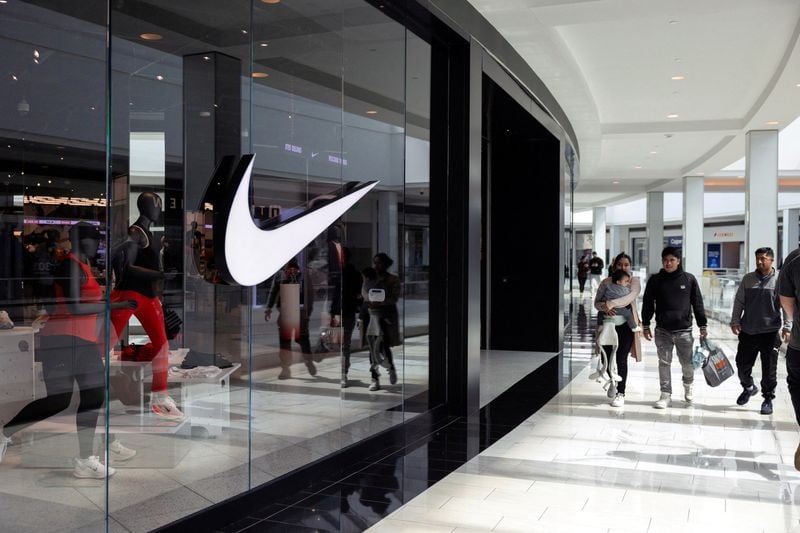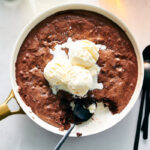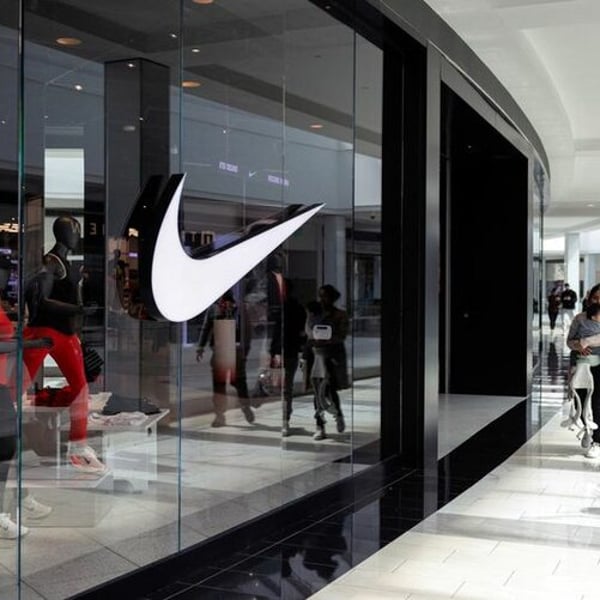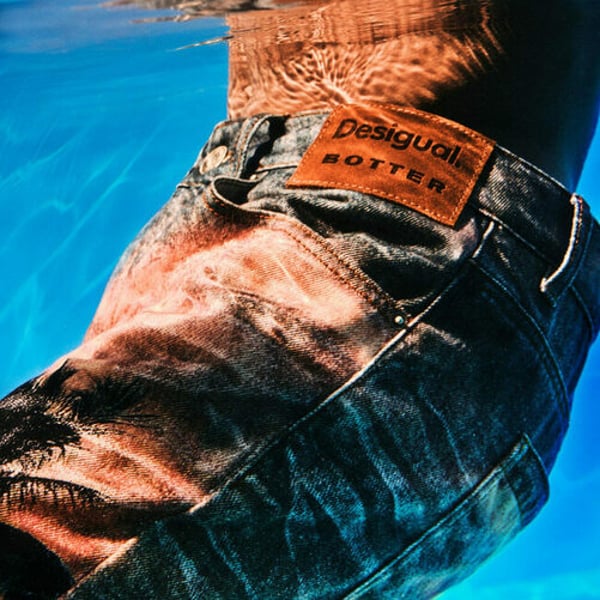By
Reuters
Published
May 22, 2025
Following Nike’s lead, analysts and investors said that Adidas and Puma are expected to raise prices on running shoes and sportswear in the United States as U.S. import tariffs increase retailers’ costs.

Nike announced on Wednesday that it will raise prices starting next week, adding up to $10 on shoes currently priced above $150, while maintaining stable pricing on products under $100. The company remains the largest sportswear brand in terms of both sales and market capitalization.
“That was the moment Adidas and Puma were waiting for,” said Robert Krankowski, a sporting goods analyst at UBS.
Both German brands had previously signaled their reluctance to initiate price hikes, opting instead to monitor competitor behavior in a volatile market.
“We should probably expect a similar decision from both Adidas and Puma because this is not Nike-specific—it’s an industry-wide issue. Everyone will be affected by these tariffs,” Krankowski added.
President Donald Trump has imposed a blanket 10% tariff on all imports and a steeper 30% tariff on Chinese goods. Vietnam—a key manufacturing hub for sportswear—may also face a renewed 46% tariff as early as July, which could further pressure brands.
Nike described its price adjustments as part of its regular seasonal planning and did not specifically mention tariffs.
Puma stated on Thursday that it is in discussions with U.S. retail partners but has not finalized any pricing changes. Adidas did not respond to a request for comment.
“Historically, when the leading brand adjusts its prices, competitors tend to follow suit shortly thereafter,” said Federico Borin, an analyst at Janus Henderson.
How much brands raise prices will depend on their assessment of U.S. consumer tolerance—a factor shaped by brand strength and product demand.
Adidas, which has seen strong demand for retro models like the $100 Samba and $120 Gazelle, is better positioned to implement increases, said Simon Jaeger, portfolio manager at Flossbach von Storch in Cologne, Germany, which holds shares in both Adidas and Nike.
Jaeger noted that Nike’s hikes remain moderate but expressed concern over the broader U.S. retail climate: “What concerns me more is that the U.S. consumer in general is not as strong as a couple of years ago.”
According to the University of Michigan Surveys of Consumers, consumer sentiment declined further in May, while one-year inflation expectations increased.
Given weakening demand, sportswear companies will need to manage retailer inventories with caution to avoid oversupply and markdowns, Jaeger added.
Puma, which has faced slowing U.S. sales, may have less room to maneuver, Krankowski said.
The brand aims to sell 4 million to 6 million pairs of its $100 Formula 1-inspired Speedcat sneakers this year, but underwhelming performance has cast doubt on its ability to support higher prices.
“Puma doesn’t have a major first-mover advantage right now, especially since other brands are capturing more momentum,” Krankowski said.
Higher-end brands are also adjusting strategies in response to Nike’s move.
Swiss brand On, which sells running shoes starting at $130, plans to raise prices on select U.S. products beginning in July. The company stated that this move aligns with its ambition to be the “most premium” global sportswear label and is not directly tied to tariffs.
© Thomson Reuters 2025 All rights reserved.






